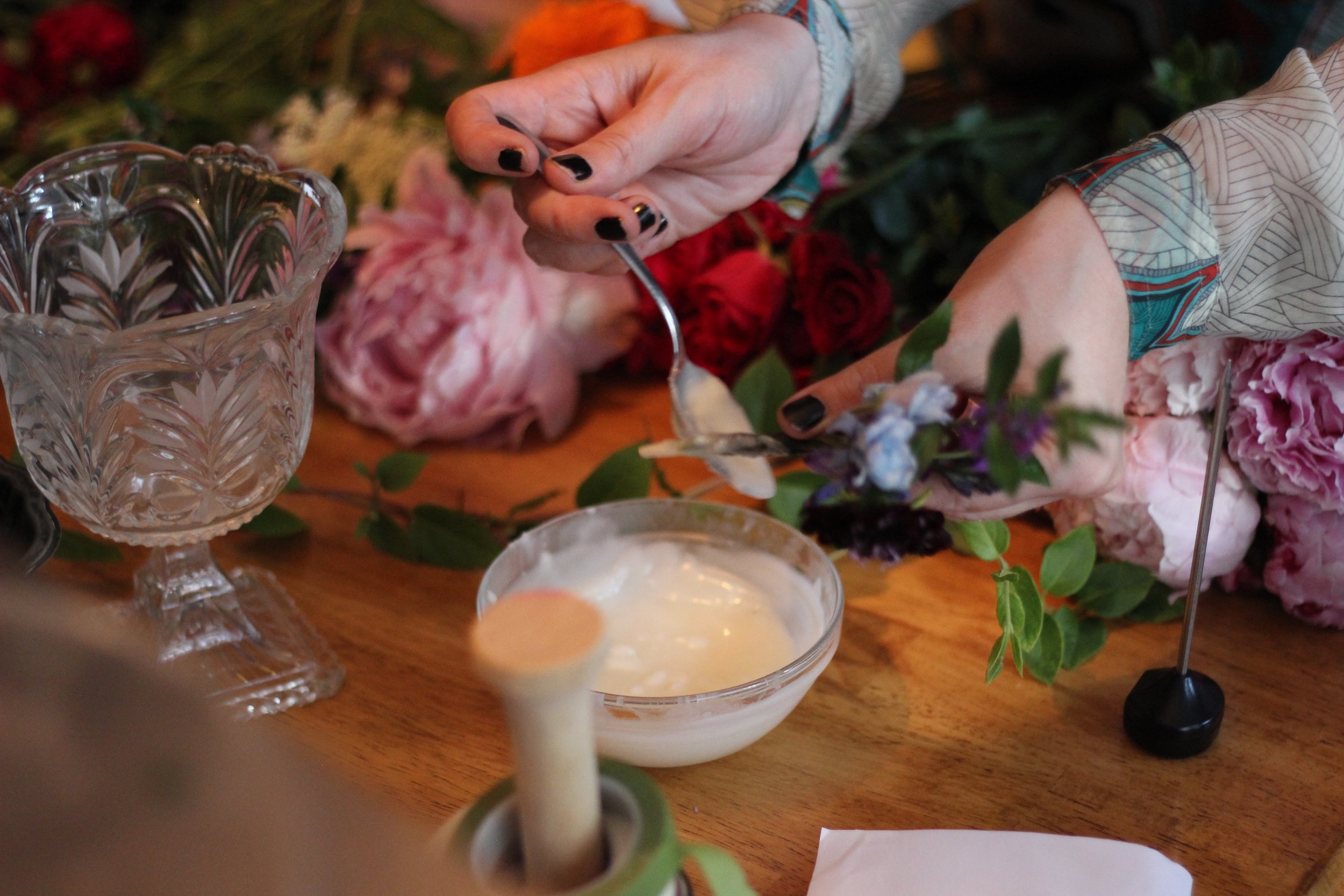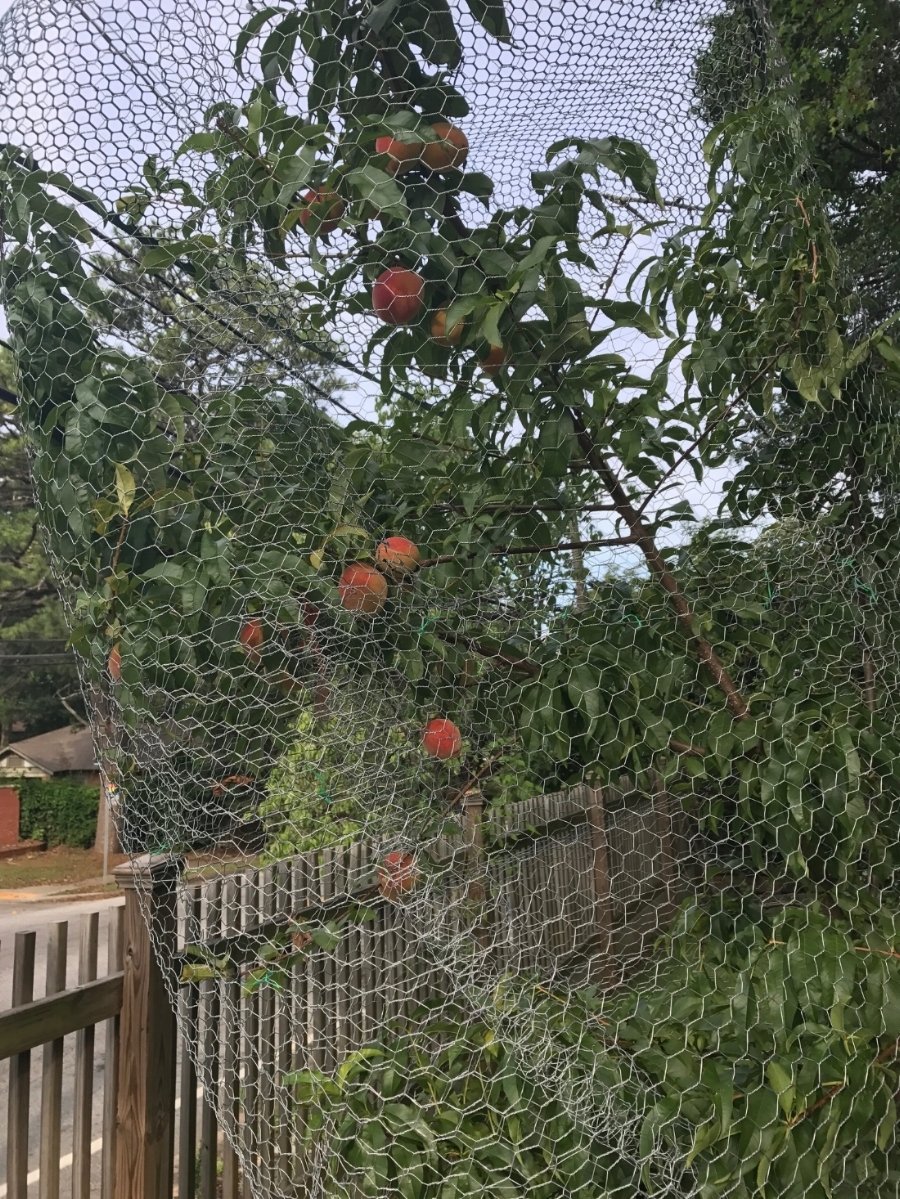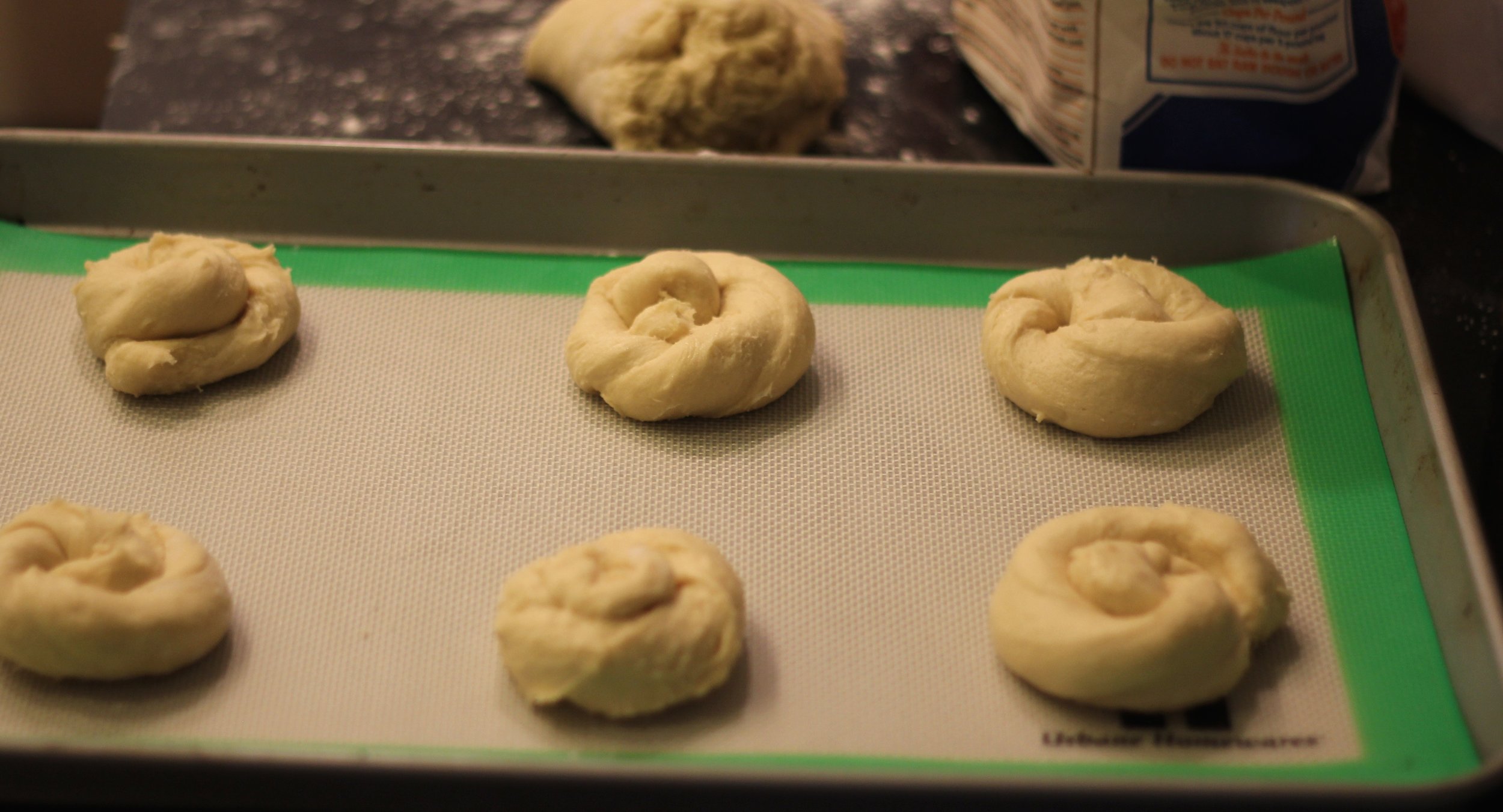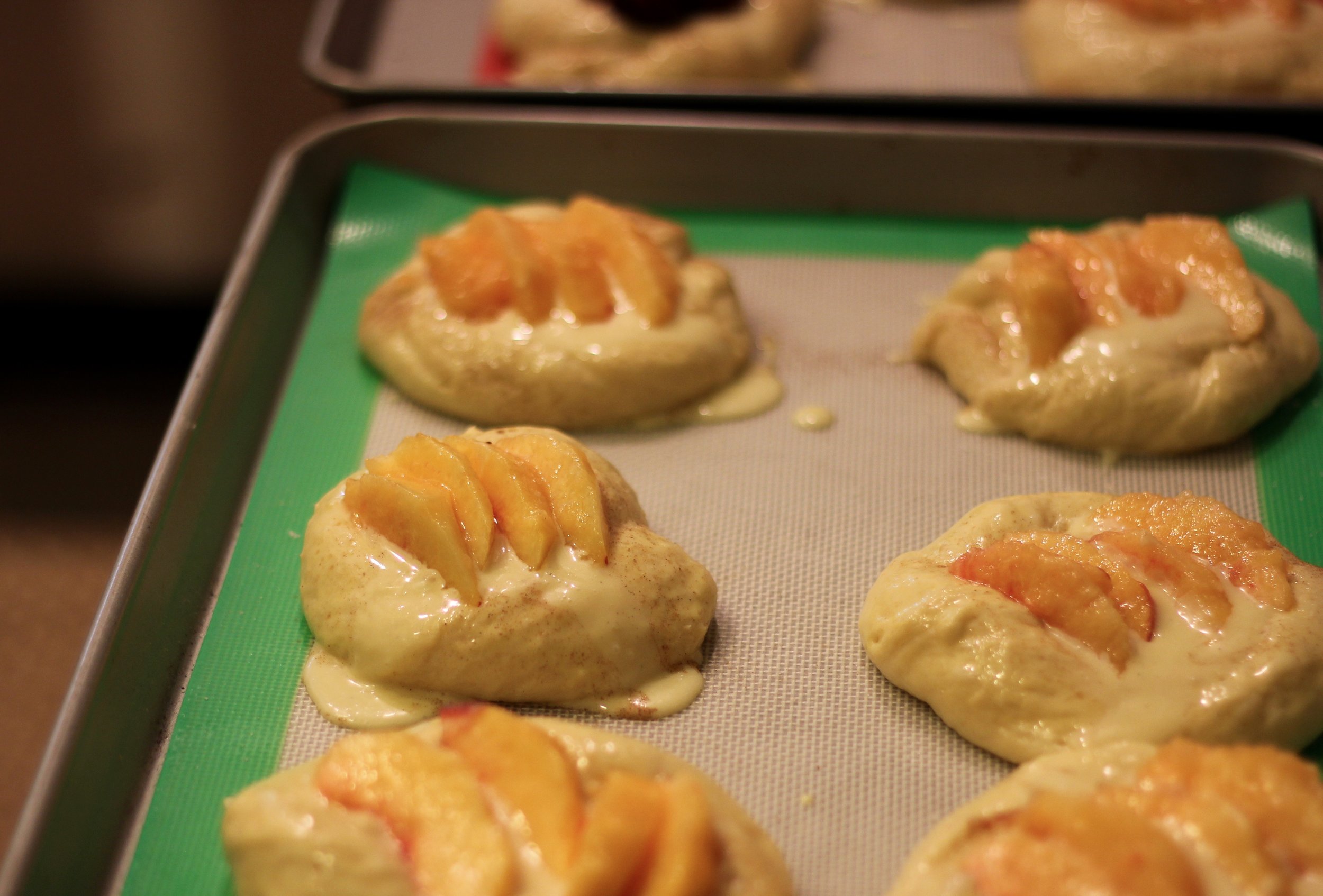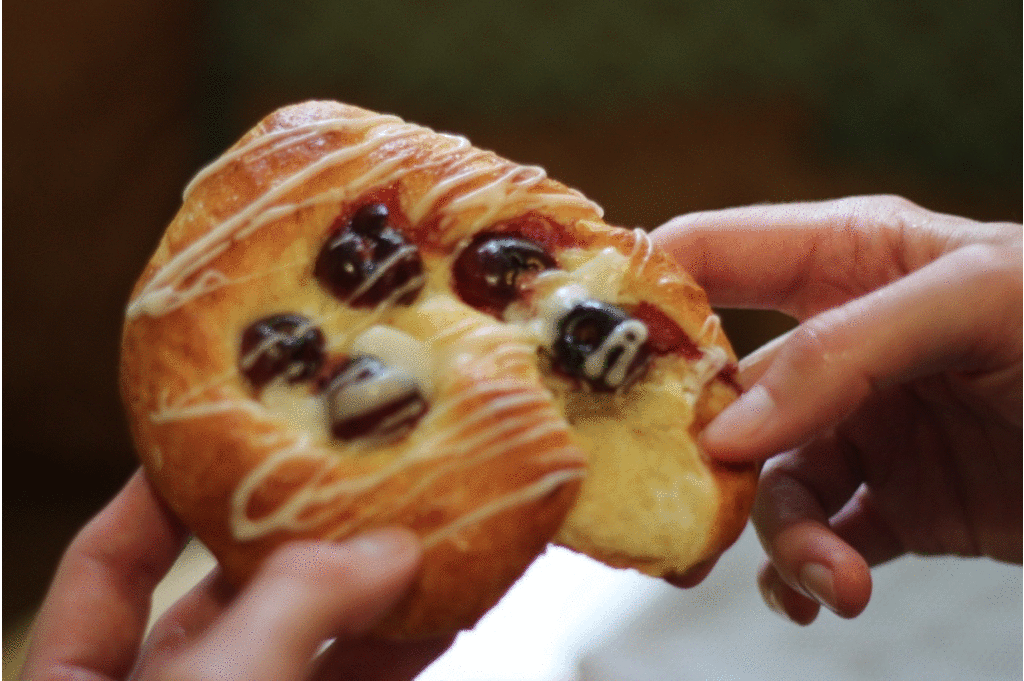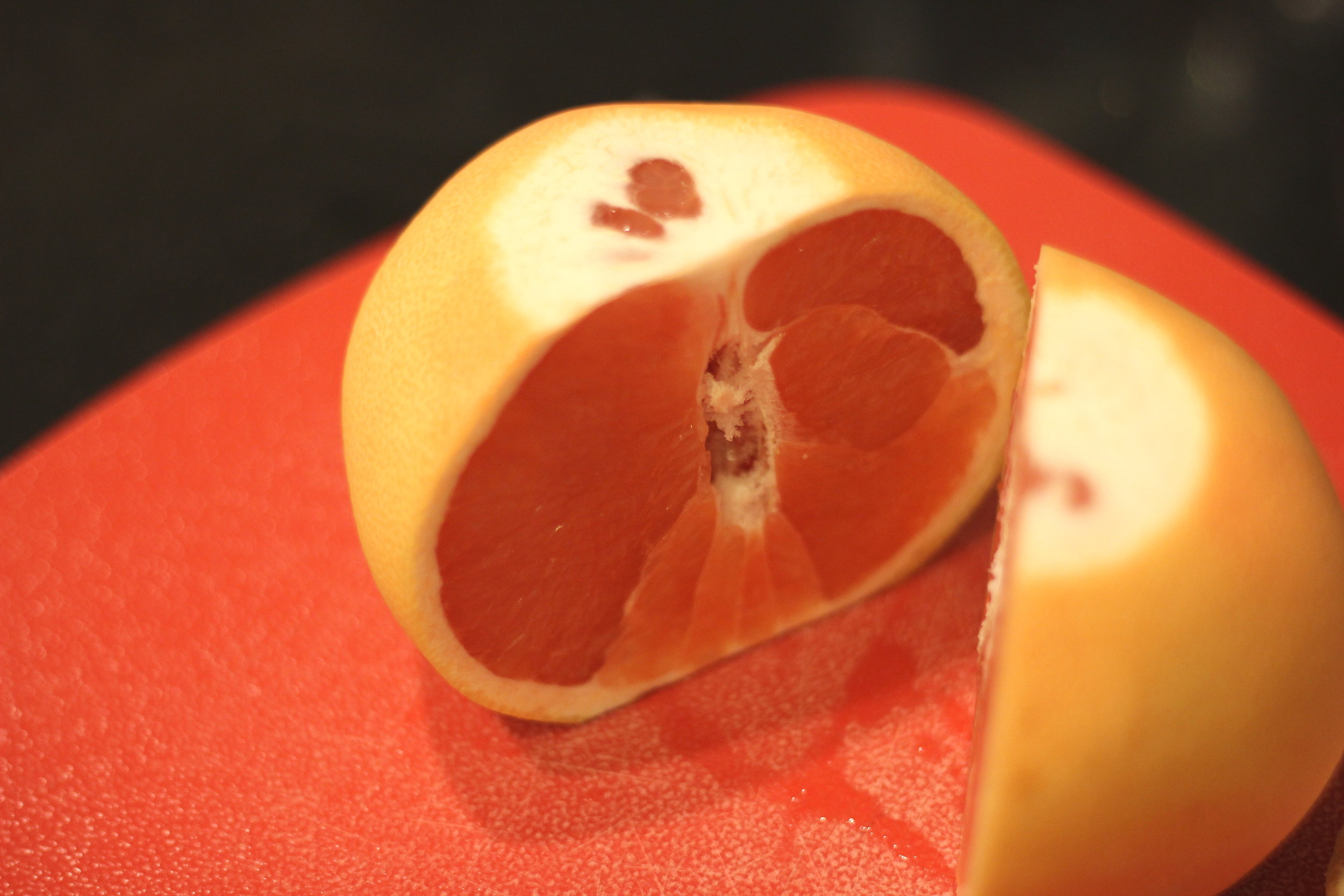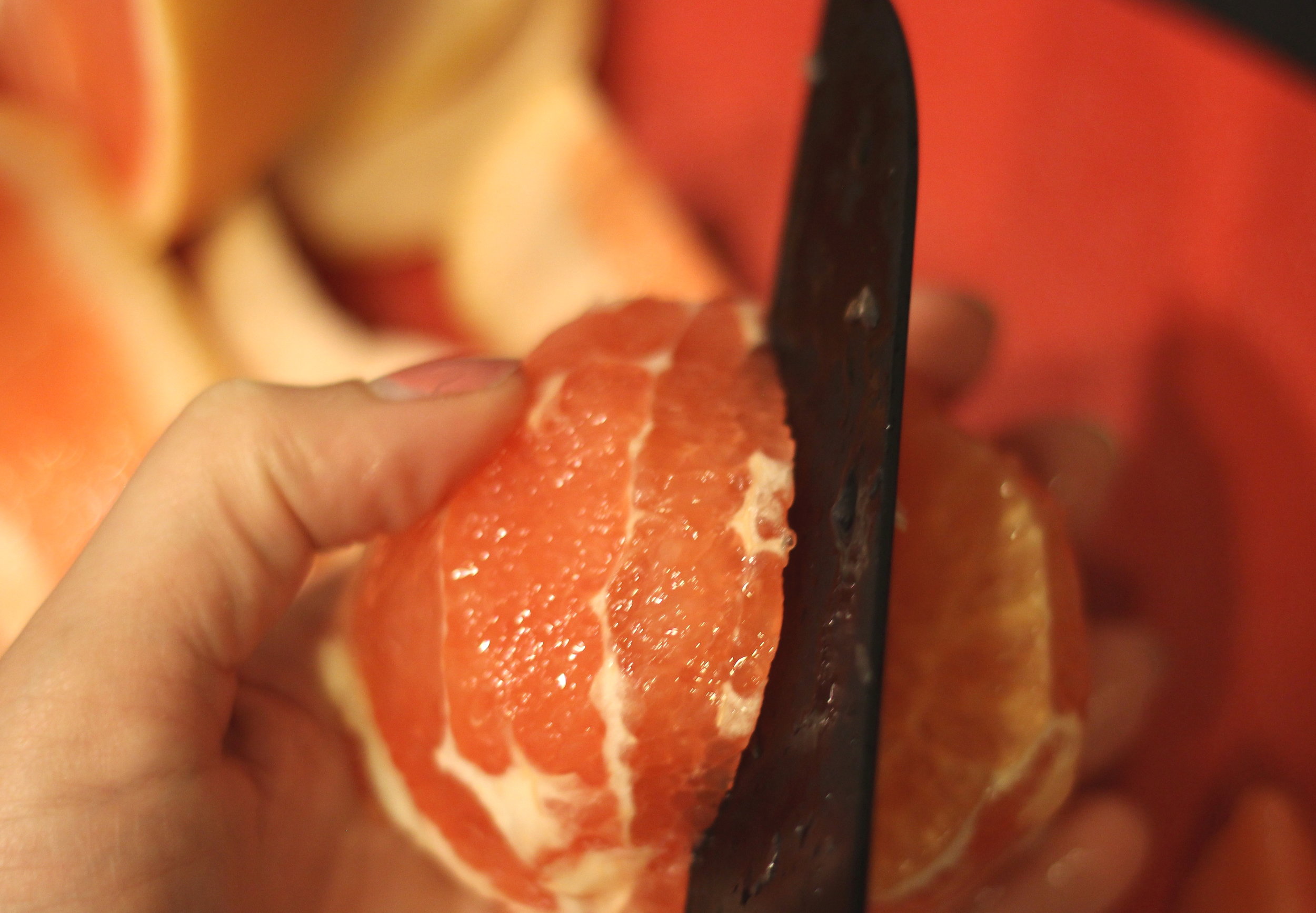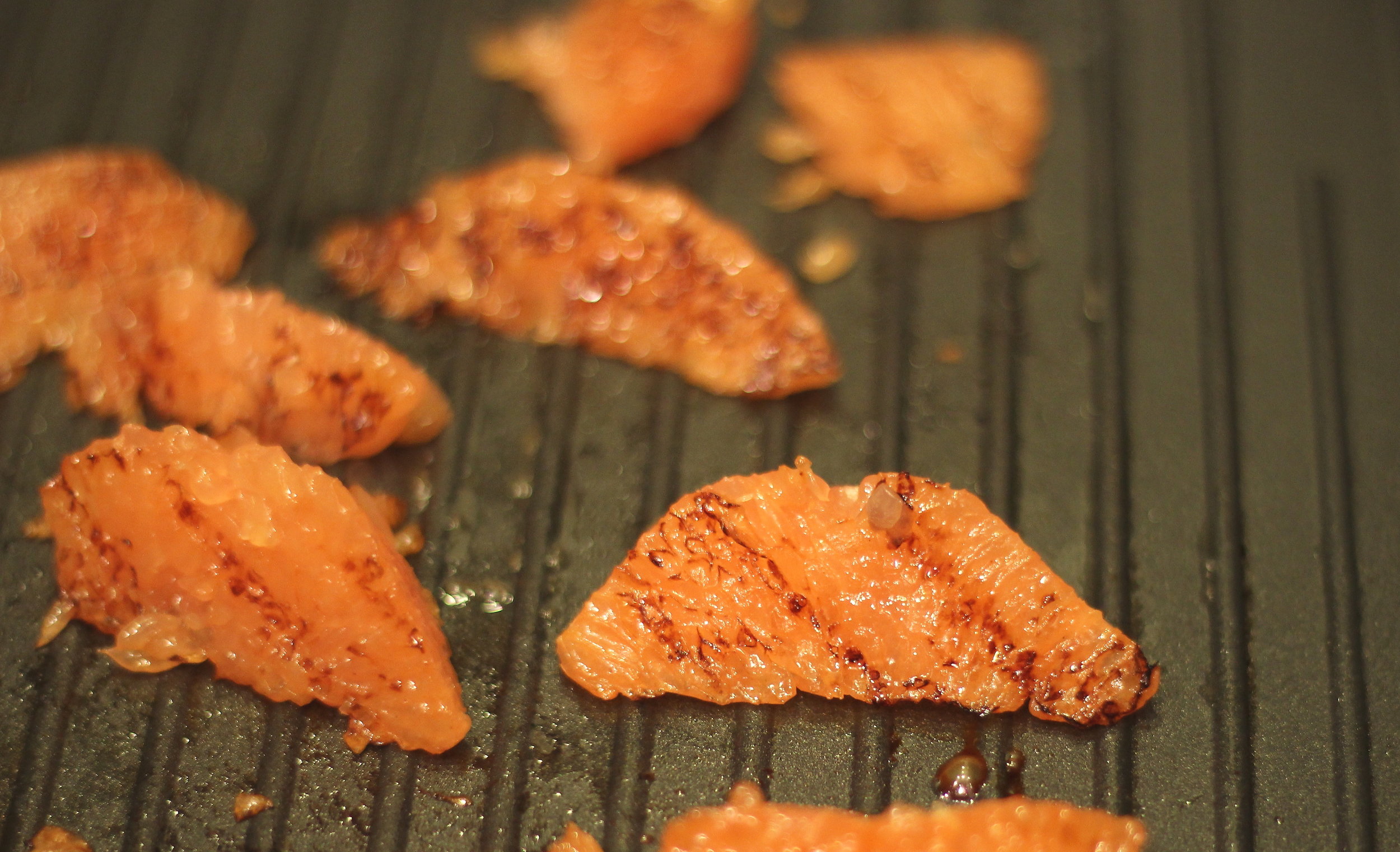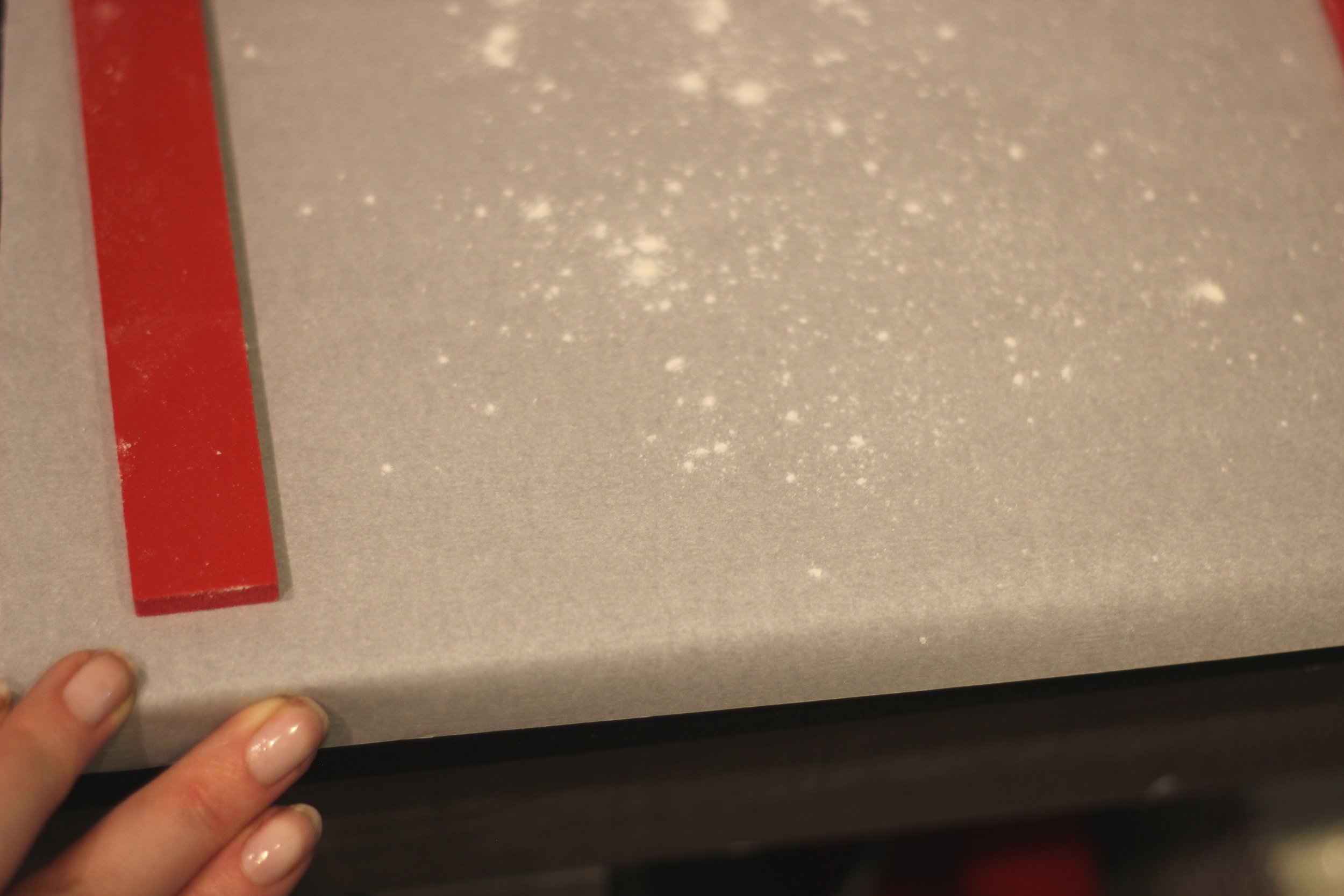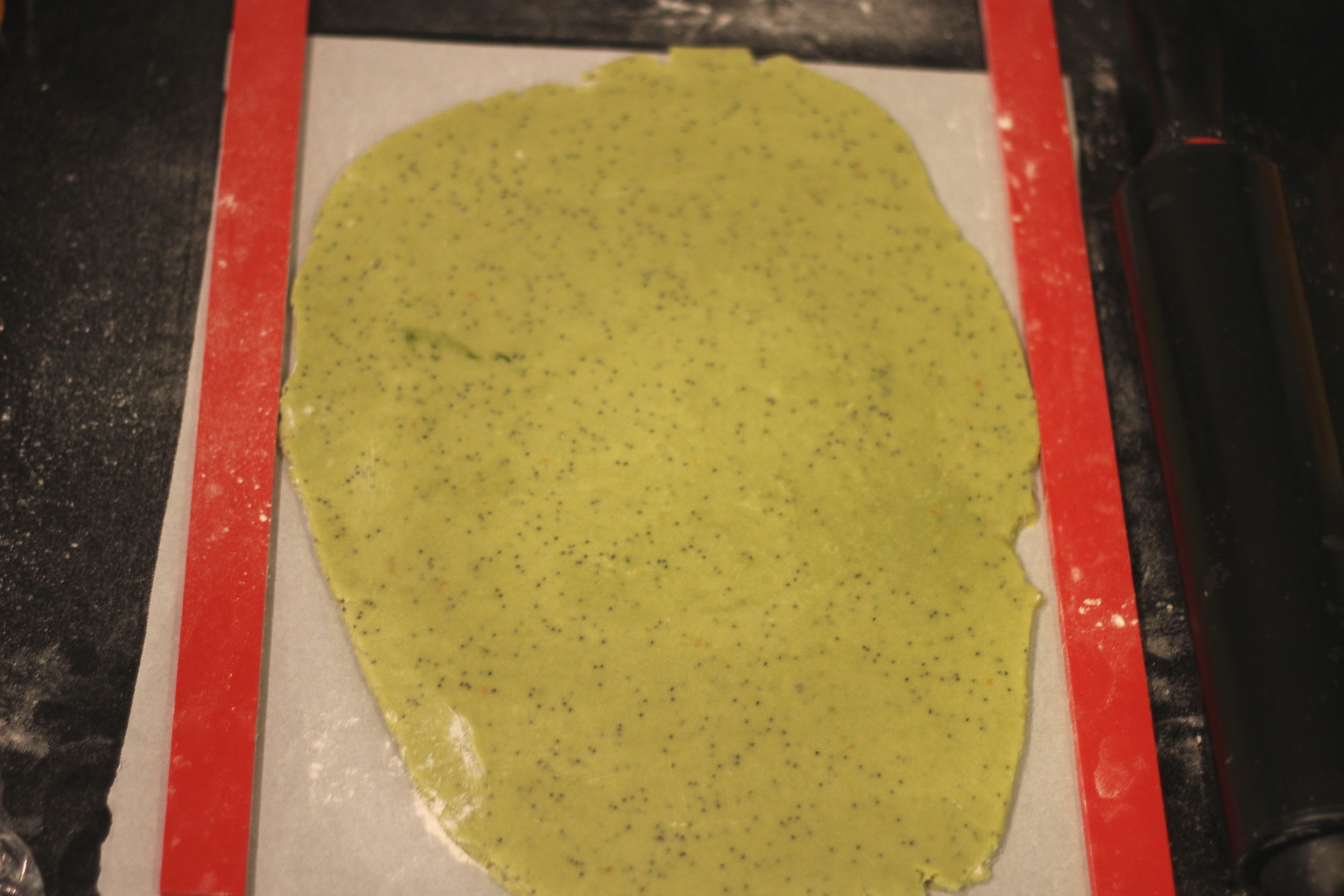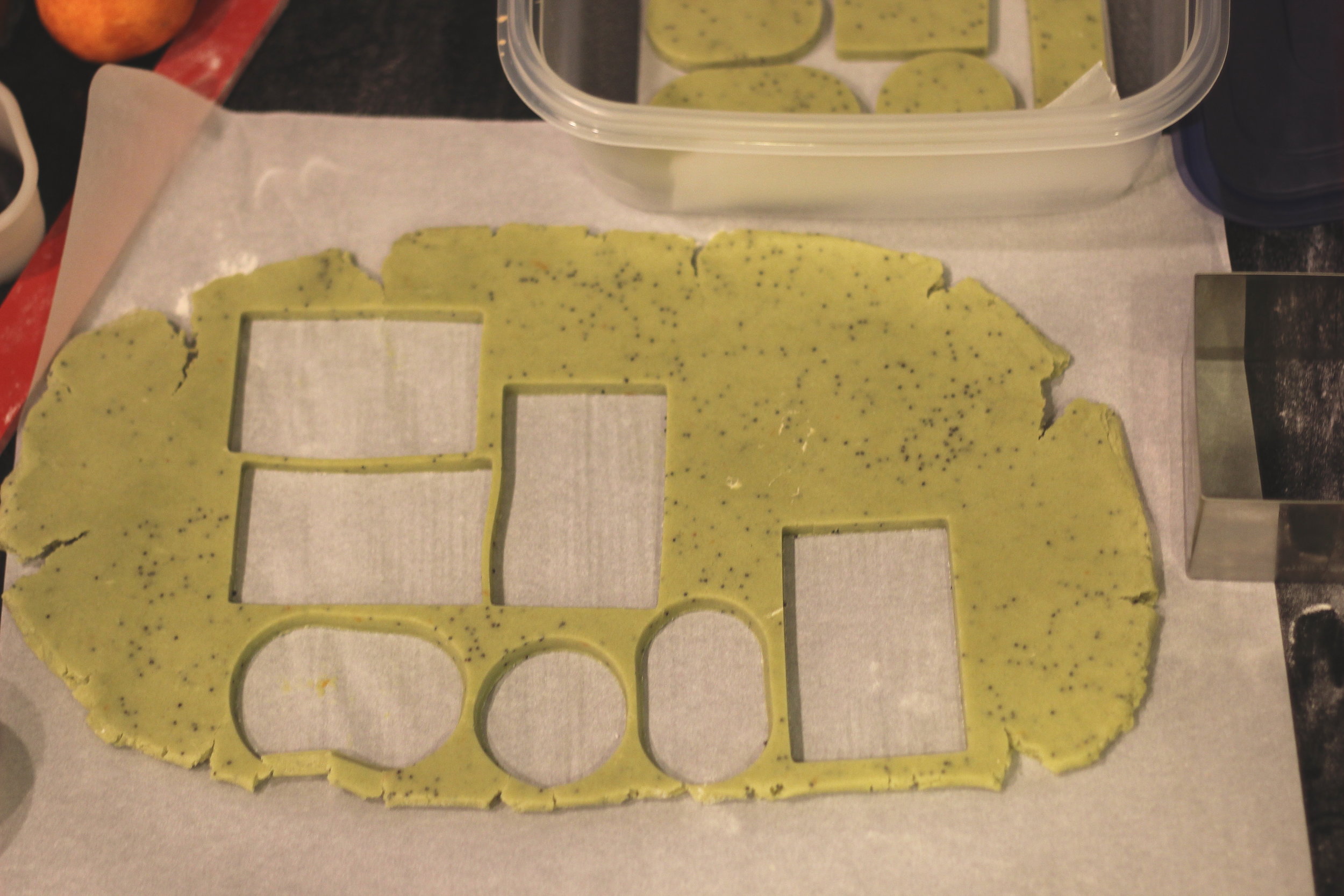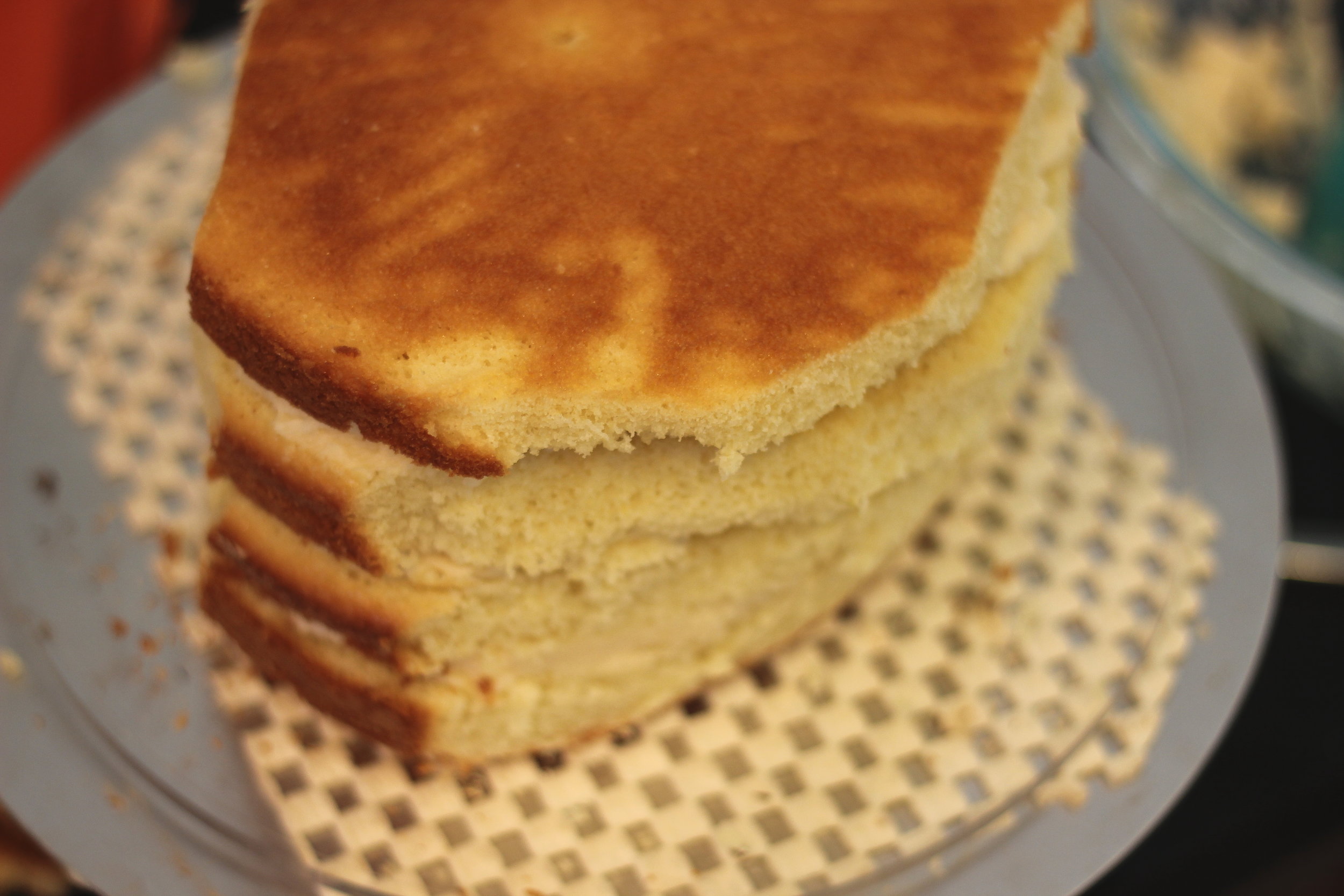You know that dusty old snowball coconut cake in the bakery case, the one covered in (cringe) raw shredded coconut? Basically just white cake with a teaspoon or so of coconut extract added? I always tried ordering that guy, and was always disappointed.
I love coconut. I love it so much, I wanted to rescue coconut cake from this snowball let down.
nah
Somewhere around here I have a list of things I will never feed people, things like raw shortening in "butter"cream and raw, stringy, flavorless, untoasted coconut is on that list. If you don't have this beautiful green fondant and beautiful fresh flower arrangement by Caroline Worth-Bruno like I have for my coconut cake, go ahead and snowball your coconut cake but for the love of god, toast your damn coconut first.
Like I said, I was lucky enough to get to sit back and document Caroline Worth-Bruno's amazing flower arranging talent take over my cake. Every step of the process produced a moment of beauty, and by the end she said "I wish you were always there to watch me arrange" because I kept gasping in delight and/or applauding every time she added a new element.
transfixing magic
When it comes to fresh flowers on cakes, there are many methods for creating a food safe barrier between these inedible (and often pesticide-laden) beauties, including flower picks, melted chocolate, saran wrap, etc, but I thought I'd try out this FDA approved food safe method that seemed ideal to me: soy wax.
The stems were dipped in wax and left to harden for a while, and it worked quite well, with the wax remaining in place on the stem and not transferring into the cake (be sure to poke a hole first though).
After the pastel moment of spring and weddings, we both craved a bit of intensity and color, and were not disappointed with the end result.
This cake is super moist thanks to both coconut milk and coconut cream, and the fresh cherries add and unexpected summery element that freshens up this classic cake. You can of course omit the cherries, or use another fruit if you'd like (fresh peach slices would be super good!).
these two guys are not the same--one is full of added sugar
Cover it in this coconut buttercream and top with toasted coconut, or cover it in chocolate ganache.
COCONUT BUTTERCREAM
7.5 oz coconut cream (1/2 of a 15 oz can, reserved from the cake recipe)
2 c. (4 sticks) unsalted butter, softened
2 c. (220 g.) powdered sugar
1 tsp. vanilla extract
1 tsp. coconut extract
1 tsp. kosher or sea salt
Combine all ingredients and whip until light and fluffy, at least 6 minutes.
Now, when it comes to pitting cherries, there is one tool that stands head and shoulders above the rest. It's like a giant cherry stapler, and it is easy to clean, simple, and does the least amount of damage to your cherry with maximum efficiency. Step away from the damn paperclips and straws and paring knives and whatever foolish pitting nonsense you've tried before and buy yourself a new best pitter friend.
Now onto the recipe! Let me know what you think about this one!
CHERRY COCONUT CAKE
3 c. (350 g.) cake flour (I use White Lily)
3 tsp. (10 g.) baking powder
3 tsp. unsalted butter, softened
1/3 c. canola or vegetable oil
1 tsp. sea or kosher salt
2 c. (400 g.) sugar
4 large egg whites, room temperature
1/2 c. coconut milk
1/2 c. coconut cream
1 tsp. coconut extract
4 c. pitted fresh sweet cherries
Preheat oven to 350 degrees F. Grease and flour three eight or nine inch round pans, and line bottoms with parchment paper. Add pitted cherries to the bottom of the pans, and try to keep the cherries away from the edges of the pan if possible (the cherries can stick to the edges and prevent the cake from rising properly).
Mix flour and baking soda together with a whisk until combined.
Place softened butter, oil, sugar and salt in a large bowl and mix on medium until combined (it will look like wet sand). Add egg whites and beat for three minutes. Add coconut milk, cream, and extract and beat until combined, then mix in dry ingredients until just combined. Divide among pans and bake for 25-35 minutes or until centers are set. Cool, fill, and frost. Top with toasted coconut if desired.
we had way too much fun





